Although each species has a common name of its own, plants of the genus Phlomis are often called Jerusalem sage whether they hail from Portugal, Morocco, Turkey, or Israel. These are summer-flowering shrubs, subshrubs, or perennials with felted or woolly, sagelike leaves, many with serrated margins and silvery undersides. Whorled clusters of small, usually downward curving, two-lipped flowers are displayed at intervals along upright stems. Flowers are followed by ornamental seedheads that persist through the winter.
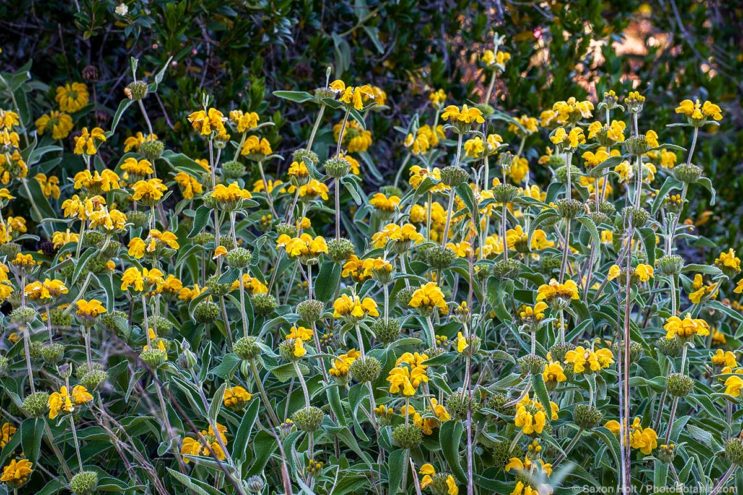
Phlomis fruticosa (Jerusalem sage)
In the garden Jerusalem sages blend well with many other low-water, sun-loving plants, especially the salvias and other members of the mint family. Their mid- to late-summer blooms tend to appear just as the salvias begin to go over, extending the floral show through fall and providing late-season sustenance for hummingbirds, bees, and butterflies.
The best known and most commonly grown Jerusalem sage is Phlomis fruticosa, with velvety, grayish green, lance-shaped leaves and spherical clusters of bright yellow flowers from late spring through summer. Native to dry, rocky, limestone hills from Crete and Sardinia to western Turkey and Cyprus, this shrubby plant grows quickly to 3-4 feet tall and wide and may spread slowly by rhizomes.
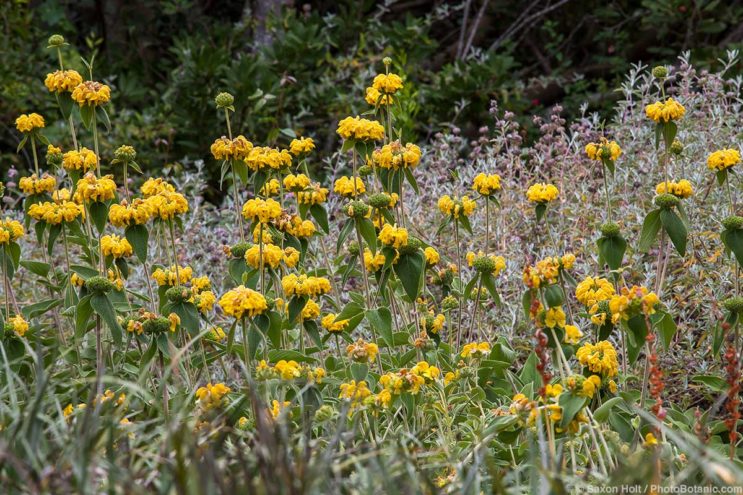
Phlomis russeliana (Turkish sage)
Also commonly available, Phlomis russeliana, from the mountains of Turkey, makes a low, 1- to 2-foot mound of broadly oval, olive green leaves that spreads 3-4 feet wide. Soft yellow flowers rise a foot or more above the foliage, which is dense enough to discourage most weeds. P. lanata, endemic to Crete, is about the same height and slightly wider spreading. Its yellow flowers, sometimes tinged with orange, appear a little earlier than many other species.
Among purple- and pink-flowered species, Phlomis purpurea, native from Portugal and Spain to Morocco, is 4-6 feet tall in bloom with purplish pink flowers just above the gray-green leaves. Subspecies caballeroi has yellow-green leaves.
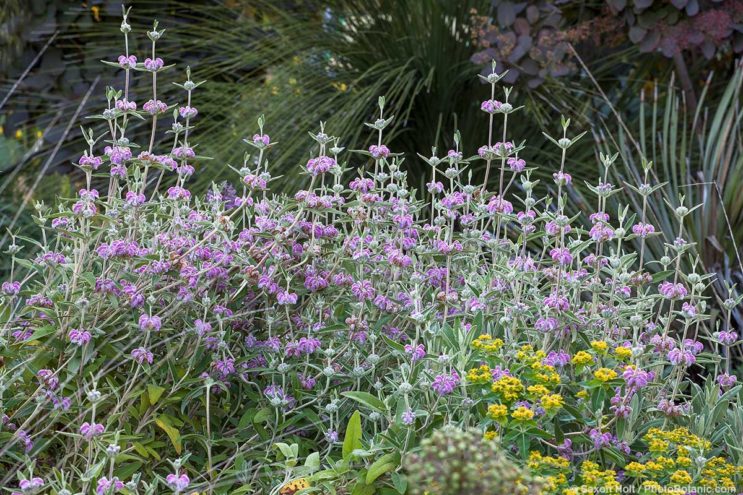
Phlomis purpurea (purple phlomis)
Other plants with purplish pink or lilac flowers are Phlomis italica, a low spreader from the Balearic Islands with narrow, white-woolly leaves, and P. tuberosa, whose lilac flowers and reddish bracts on tall, burgundy stems are especially striking. The latter seems to have been moved to the genus Phlomoides, but it is still usually offered as P. tuberosa and is most often available as ‘Amazone’.
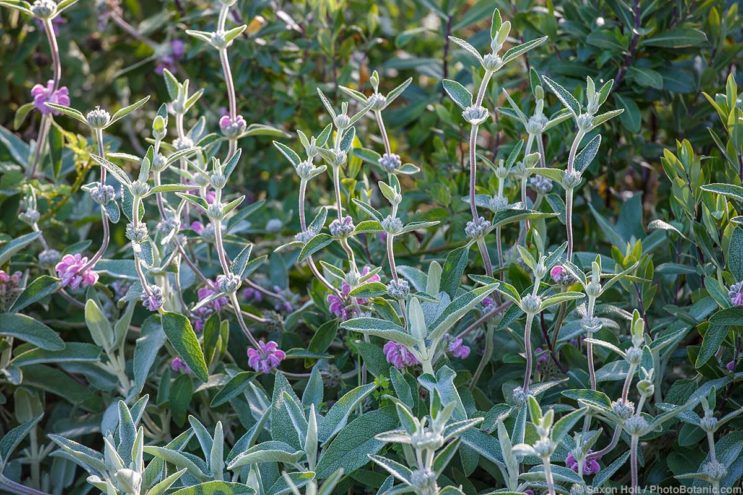
Phlomis italica ‘Frisco’ (Balearic Island Jerusalem sage)
Give these plants full sun, excellent drainage, good air circulation, and occasional to infrequent summer water.


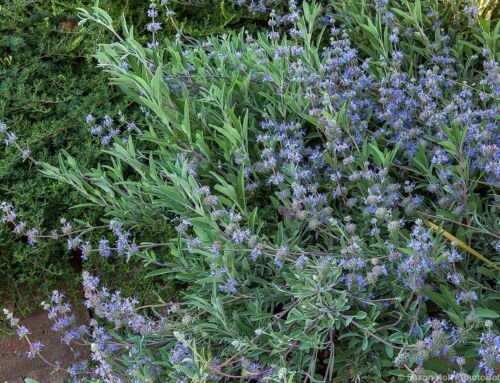
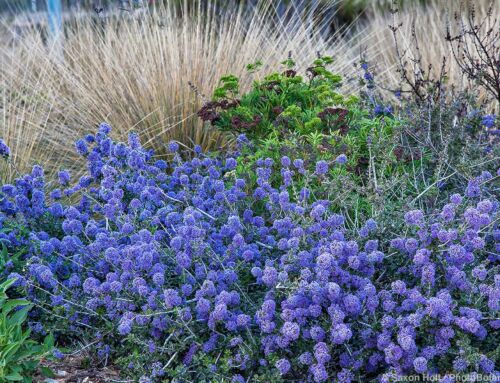
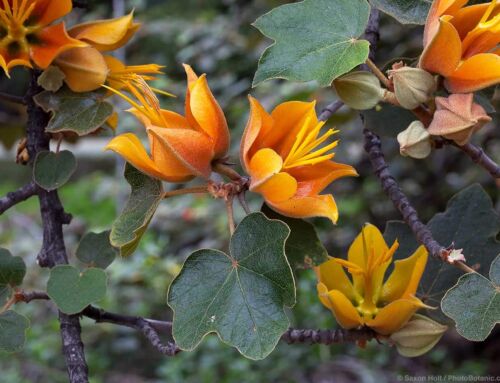
Leave A Comment